Japanese anime films have left a profound mark on the global animation industry, influencing storytelling techniques, visual styles, and thematic content. Their unique approach to animation and narrative has inspired countless creators and reshaped the way animation is perceived and produced worldwide. This article explores the impact of Japanese anime films on animation globally, highlighting their contributions to the industry and their influence on international animation.
Innovative Storytelling Techniques
Japanese anime films are renowned for their innovative storytelling techniques, which often push the boundaries of traditional narrative structures. Films like Akira and Spirited Away explore complex themes and present intricate plots that challenge conventional storytelling norms. These films often blend multiple genres and narrative styles, creating rich and multifaceted stories. Their success has inspired animators and filmmakers around the world to experiment with new storytelling approaches, incorporating elements of fantasy, science fiction, and psychological drama into their own work.
Distinct Visual Styles
The visual styles of Japanese anime films have significantly influenced global animation. The use of vibrant colors, dynamic camera angles, and detailed backgrounds creates a distinctive look that sets anime apart from other forms of animation. The artistic techniques employed in anime, such as cel shading and expressive character designs, have inspired animators across various industries. For example, the visual aesthetics of Studio Ghibli films, including My Neighbor Totoro and Princess Mononoke, have influenced the design of animated features and TV shows in both Western and Asian markets.
Exploration of Complex Themes
Japanese anime films often tackle complex and mature themes that are less commonly explored in mainstream animation. Themes such as existentialism, identity, and social issues are frequently addressed in anime, offering viewers a deeper and more thoughtful viewing experience. Films like Ghost in the Shell and Perfect Blue delve into issues of consciousness and reality, pushing the boundaries of what animation can achieve. This exploration of mature and thought-provoking themes has encouraged global animators to address similar topics in their own work, broadening the scope of animated storytelling.
Cultural Exchange and Inspiration
The global success of Japanese anime films has fostered cultural exchange and inspired animators from different backgrounds. Many international creators draw inspiration from anime’s unique aesthetic and narrative style, integrating elements of Japanese animation into their own projects. This cross-cultural influence is evident in the growing number of animated works that incorporate anime-inspired visuals, themes, and storytelling techniques. Shows like Avatar: The Last Airbender and The Legend of Korra showcase the impact of anime on Western animation, blending anime-style artistry with Western storytelling.
Expansion of Genre Diversity
Anime films have expanded the range of genres and styles available in animation, introducing audiences to new and diverse forms of storytelling. Genres such as mecha, magical realism, and psychological thriller have gained prominence through anime, influencing the development of similar genres in global animation. For instance, the success of mecha anime like Mobile Suit Gundam has inspired the creation of similar mecha-themed content in both animated series and films worldwide. The diverse genre landscape of anime has encouraged animators to explore new and unconventional genres, enriching the global animation industry.
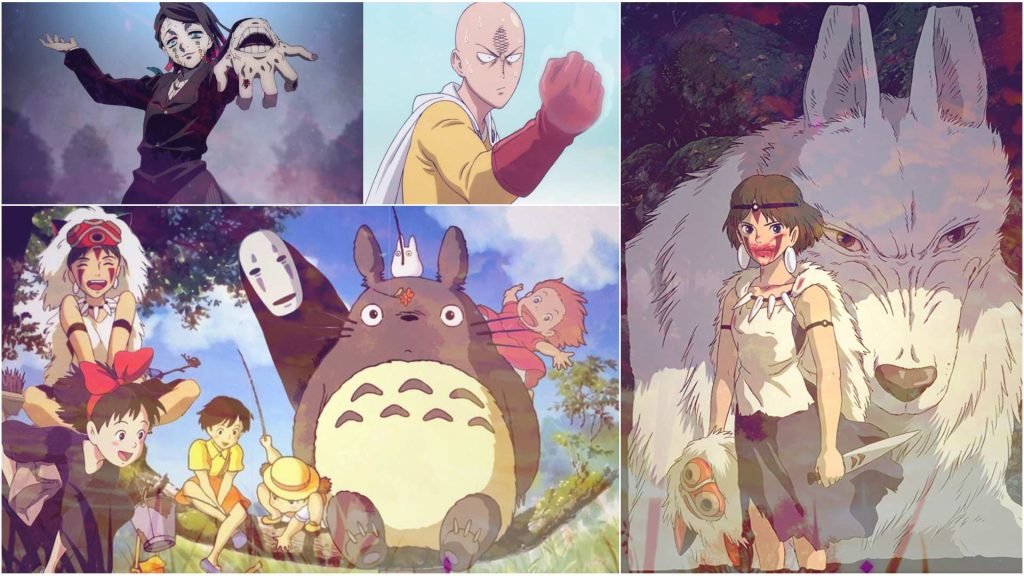
Influence on Animation Techniques
The innovative animation techniques used in Japanese anime films have influenced the production practices of animation studios worldwide. Techniques such as hand-drawn animation, use of CGI, and blending of traditional and digital methods have been adopted and adapted by animators globally. The emphasis on fluid animation and intricate detail in films like Paprika and Howl’s Moving Castle has set new standards for animation quality and creativity. This influence is evident in the increasing use of similar techniques in animated features and series produced outside Japan.
Merchandising and Spin-Offs
The success of Japanese anime films has also impacted global animation through merchandising and spin-offs. Popular anime films often generate a range of related merchandise, including toys, clothing, and video games, which extends their influence beyond the screen. The commercial success of anime-related products has demonstrated the potential for animation to create lucrative franchises and expand into various media. This success has inspired international studios to explore similar merchandising opportunities and franchise-building strategies.
Conclusion
Japanese anime films have had a significant and far-reaching impact on animation worldwide. Their innovative storytelling techniques, distinct visual styles, exploration of complex themes, and influence on animation practices have reshaped the global animation industry. By introducing new genres, techniques, and cultural perspectives, anime has expanded the possibilities of animated storytelling and inspired creators across the globe. As anime continues to evolve and captivate audiences, its influence on the animation industry is likely to grow even further, shaping the future of animation around the world.







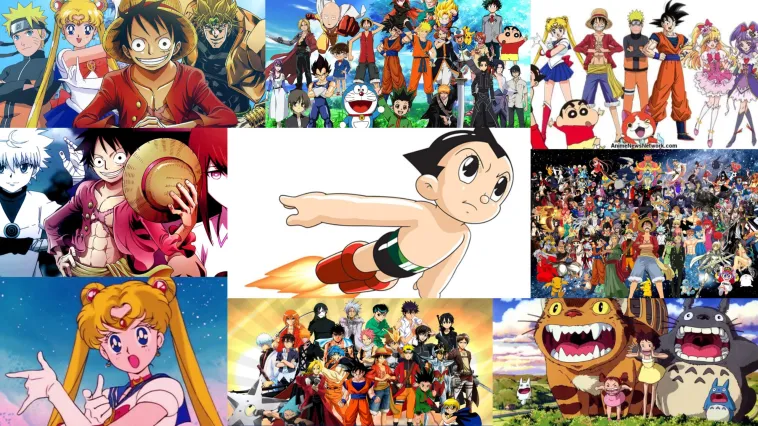

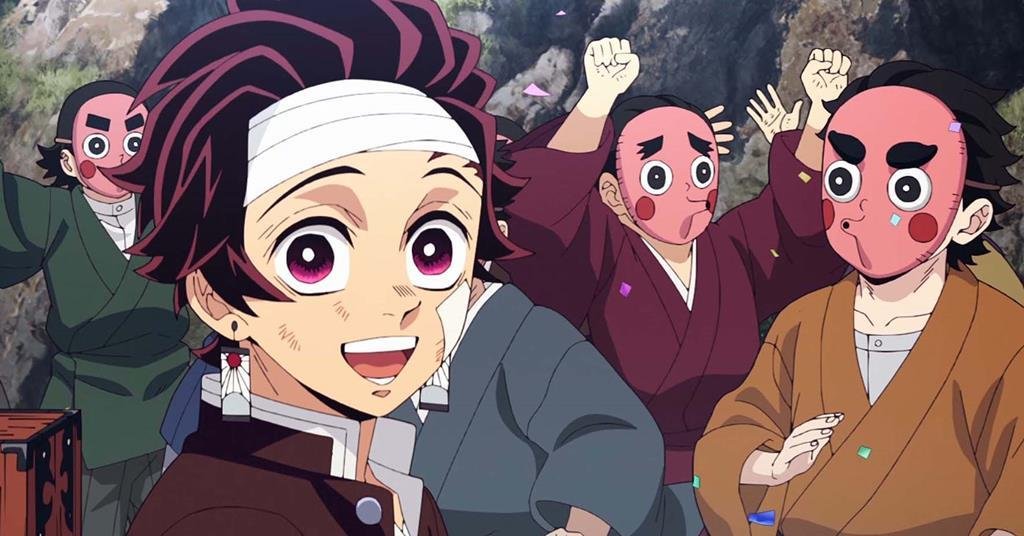
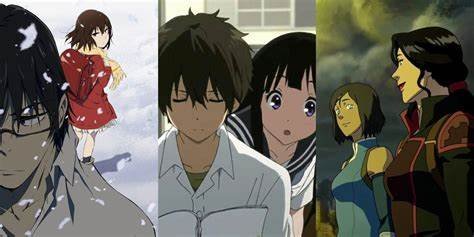
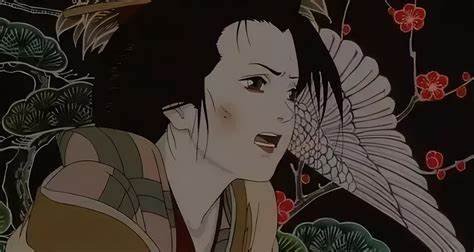
One thought on “The Impact of Japanese Anime Films on Animation Worldwide”
Comments are closed.